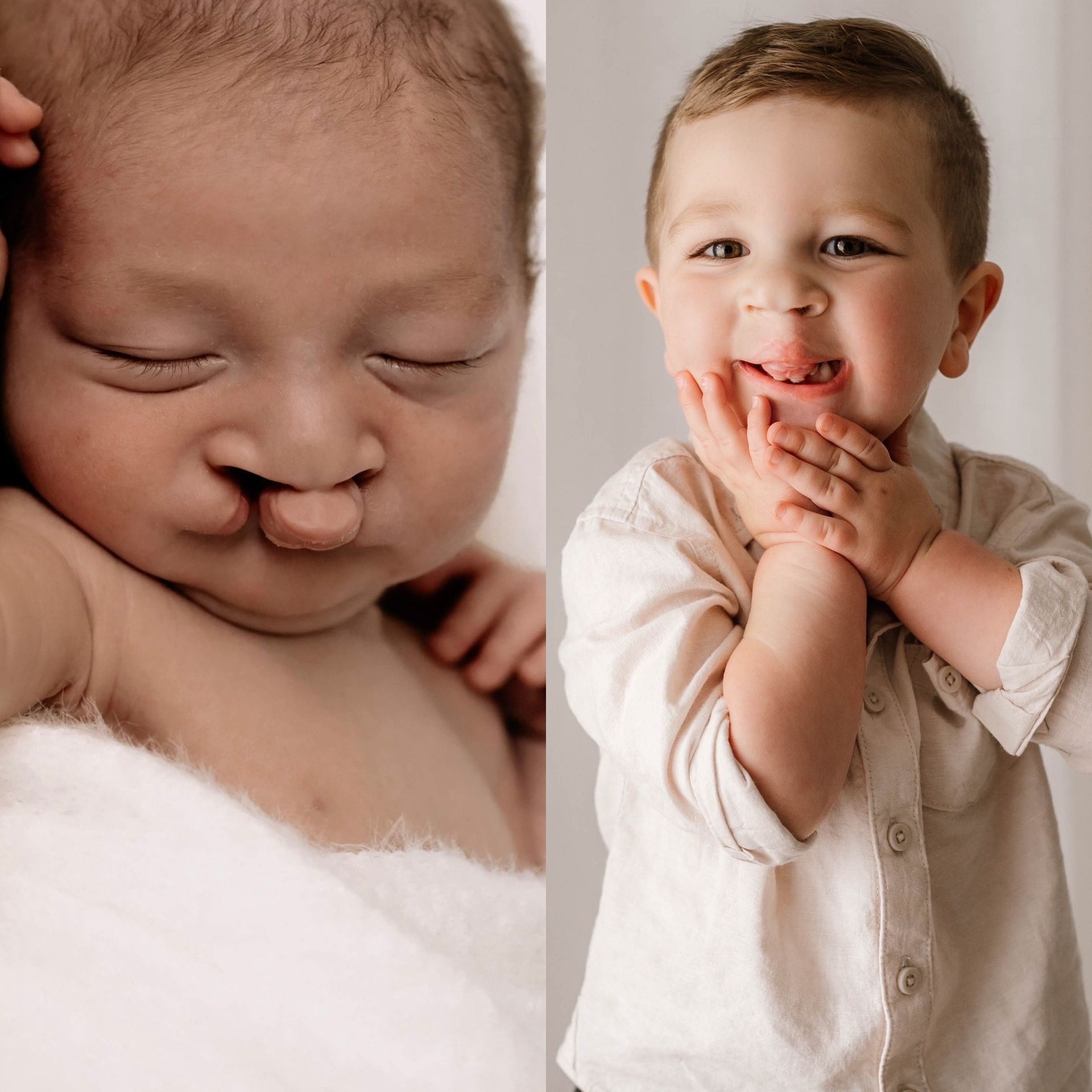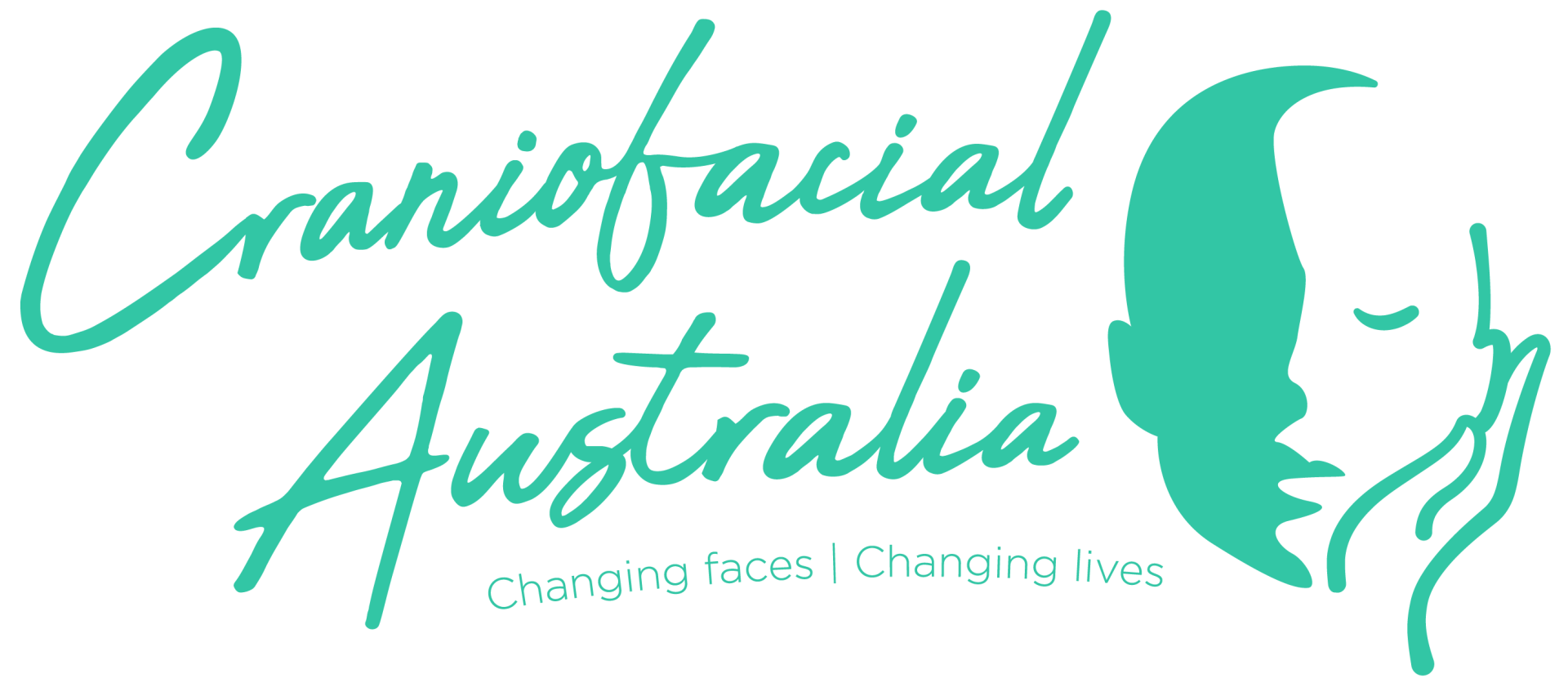
Cleft Awareness Week
8th - 14th November 2023
Oral and Maxillofacial Surgeon Dr Ben Grave takes us through some frequently asked questions about cleft lip and palate:
1. How often do craniofacial conditions occur in the population?
Overall, approximately 4% of the population are born with a birth defect (approximately 12,600 babies per year in Australia, 9,000 of which will present with malformations affecting the head and face). Cleft lip and palate is the most common craniofacial condition.
2. What is cleft lip and palate and how common is it?
Cleft lip and palate is when the tissues of the lip and/or mouth do not fuse together as a baby develops during pregnancy and can vary in severity. It is one of the most common birth defects worldwide. Approximately one baby in every 800 born in Australia has Cleft lip and palate.
3. How is the diagnosis made for cleft lip and palate?
In most cases, a prenatal ultrasound can detect Cleft lip and palate as early as 16 weeks into a pregnancy. The diagnosis is then confirmed at birth with a detailed visual assessment and physical examination.
Diagnosis can be confronting for parents. It is important that these families have somewhere to turn for information and support.
4. Please outline the management plan for cleft lip and palate?
Management and treatment will depend on the extent of the clefting and should be considered along with a range of factors, including risk, facial growth, scarring and psychological factors.
Management is multidisciplinary and care is provided in accordance with the 6 Principles of Craniofacial Health Care Delivery, which is a best-practice framework that was developed over 40 years ago by world renowned Cranio-Maxillo surgeon Prof. David David AC:
1) Care is provided by a multidisciplinary team, with the patient at the centre of all decision-making. The team includes Cranio-Maxillofacial surgeons, ENT surgeons, Orthodontists, Speech Therapists, Paediatric Dentists and Social Workers.
2) The delivery of care is protocol driven to ensure that best practice approaches are employed, maintained, and provided in a timely manner.
3) Patients are supported from birth to maturity and beyond.
4) Properly organised infrastructure and funding is maintained for patients throughout their treatment. This includes a strong connection with Craniofacial Australia, a not-for-profit, charitable foundation.
5) High quality education and training is in place to ensure that health professionals are educated in the latest research.
6) A research data base is essential to measure patient outcomes and provide guidance for treatment management.
5. How are people with cleft lip and palate affected?
Although clefts may seem cosmetic, they can adversely impact primary functions like eating, hearing and speaking. Children with moderate to severe clefts face multiple corrective surgeries, often beginning when they are only a few months old.
People with Cleft lip and palate can face many challenges, including ongoing medical interventions. Orthodontic treatment and speech therapy are routinely needed. These interventions often pose a financial burden on families.
Beyond immediate medical care, children may experience learning difficulties and be at risk of being treated differently by peers.
However, a holistic support team can make a difference, so that cleft affected people can live their best life.
6. If I have any concerns or seek further support, what other services are available to me (besides my doctor)?
In addition to working closely with a team of medical professionals, families often find relief in accessing support services of Craniofacial Australia, a not-for-profit, charitable foundation. Established in 1984 by Prof David David AC., Craniofacial Australia is Australia’s peak charity dedicated to supporting people with craniofacial conditions. They can provide a holistic support network, advocate for patients, and direct patients to various other support groups across Australia and Southeast Asia.
7. How can I support my child who is affected by a craniofacial anomaly including cleft lip and palate, as they grow up?
Patients are best supported when:
· they are surrounded by a strong support network of loved ones
· they are supported by support services such as those offered by Craniofacial Australia
· they have a connection to a care team like the one offered at Calvary North Adelaide, to provide high quality craniofacial management and care.
With care and support from birth to maturity, outcome studies have documented that patients born with cleft lip and palate can achieve and experience all that life has to offer. Their ambitions and dreams are unlimited.
